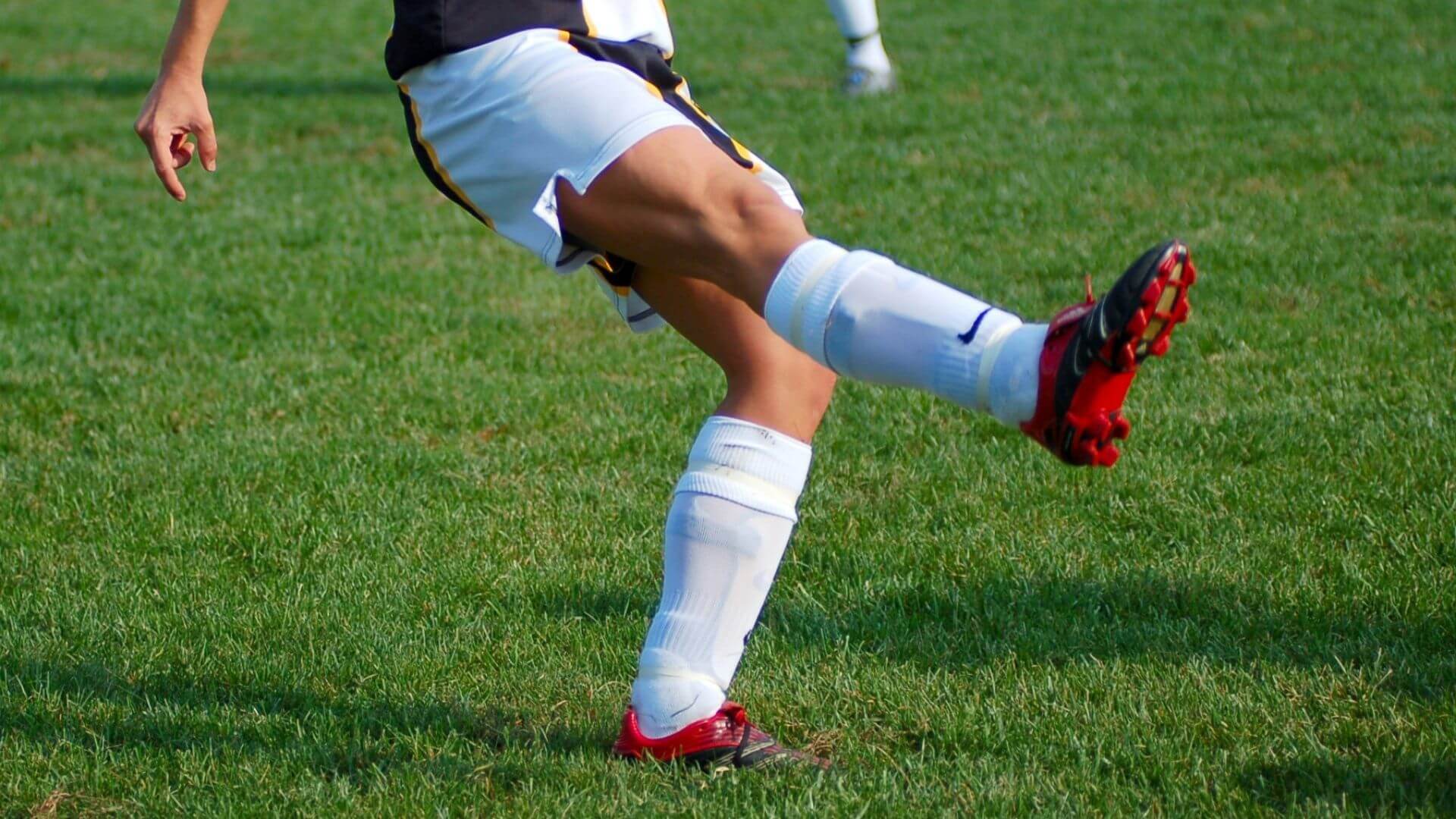How This Women’s World Cup is Putting Sustainability First
We are mere months away from the 2023 FIFA Women’s World Cup, and there is much to be excited about! First, not only will there be an increase in teams competing. But for the first time in Women’s World Cup history, FIFA is hosting the games across two host countries–Australia and New Zealand!
With thousands of spectators in attendance and over a billion TV viewers, we all know that a World Cup is no small event. So much time and preparation go into getting ready for an event of this size. There are many things to be mindful of when planning, including impacts on the environment and the sport in general.
Ahead of the tournament, FIFA updated its Sustainability Strategy to be specific to this year and has its work with the sustainability regulations already in place in both host countries. Here are a few things to know about FIFA’s Sustainability Strategy and why it’s important to the 2023 Women’s World Cup.
FIFA sets specific sustainability strategies
For each tournament, FIFA sets goals through a sustainability strategy to grow the sport of women’s soccer in the areas where the games are hosted without negatively impacting society or the environment. According to FIFA, they create their sustainability strategy around the “specificities of the particular competition and the opportunities and realities of the host country/countries.”
In addition, their sustainability strategy for this year’s tournament builds on previous goals that will continue to be adapted and improved over time. The strategy focuses on three categories: social, economic, and environmental.
Each strategy focuses on set priorities.
Within the three categories are set priorities they are focusing on and actions that will be used to achieve them. The priorities for the 2023 FIFA Women’s World Cup are to:
- Promote gender equality and equity
- Foster a human rights compatible, inclusive, respectful, and discrimination-free event.
- Safeguard and protect participants and attendees from harm or abuse
- Ensure accessible venues for disabled people and people with limited mobility
- Develop women’s football in host countries and region
- Protect the health of all participants and attendees
- Protect workers’ rights
- Ensure access to remediation
- Reduce the climate impact
- Minimize waste sent to landfill
- Foster more sustainable buildings
- Ensure sustainable procurement
In order to carry out these priorities, FIFA sets policies and educates host countries on how they can be implemented. Through cooperation and communication, they can positively impact the future of the game and our overall environment.
Host countries have their own sustainability strategies
New Zealand and Australia both have their own sustainability strategies that go hand in hand with what FIFA is implementing.
New Zealand’s “Legacy Starts Now” strategy focuses on four ‘pillars’: Power of Opportunities, Pathways, Partnerships, and People and Places. In all, their goal is to break barriers and create a game for all and future generations through meaningful partnerships.
Similarly, Australia’s “Legacy ‘23” plan, launched in 2021, features five pillars: Participation, High Performance, Tourism and International Engagement, Leadership and Development, and Facilities. These focus on growing women’s soccer in an ongoing way by creating a culture that welcomes women and girls to the sport to reach gender equality in participation.
Additionally, in their joint bid to host the 2023 FIFA Women’s World Cup, Australia and New Zealand committed to responsibly sourcing materials, labor, and local buildings, managing carbon emissions through an offset program, and welcoming participation by all to inspire inclusivity and a future generation of girls to play soccer.
So, it seems like FIFA and the two host countries are prioritizing women’s soccer while being considerate of the environment, societies, and economies in both. With everyone working together, this could be the best Women’s World Cup yet!
Featured image via Getty Images
_
GIRLS SOCCER NETWORK: YOUR SOURCE FOR GIRLS SOCCER NEWS













